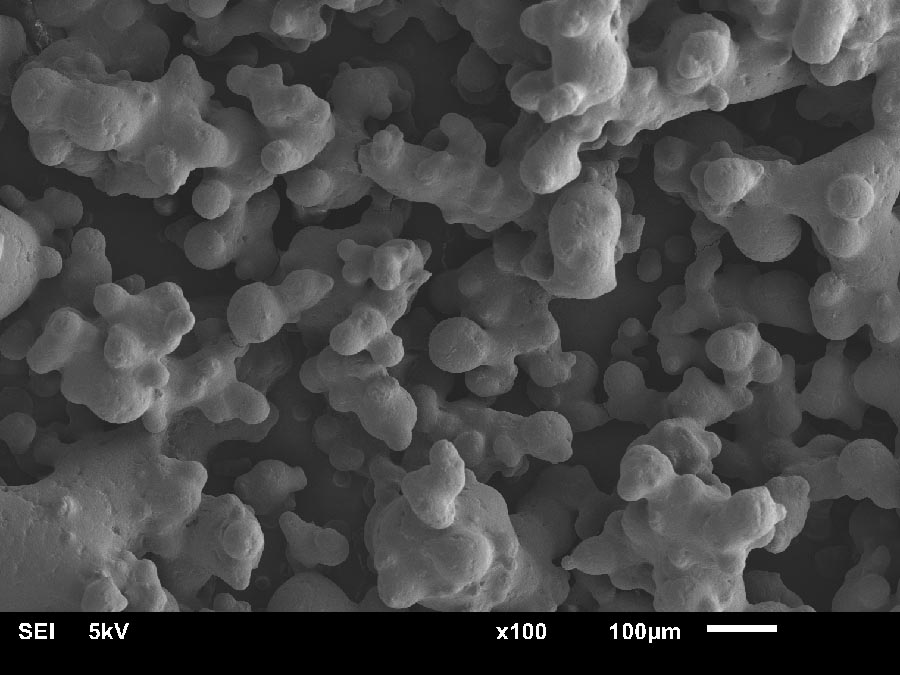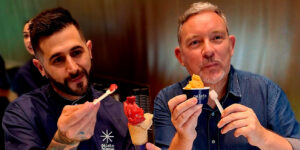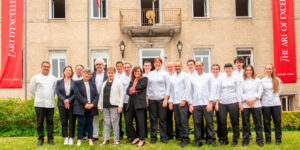Velvet chocolate crystals in a scientific study
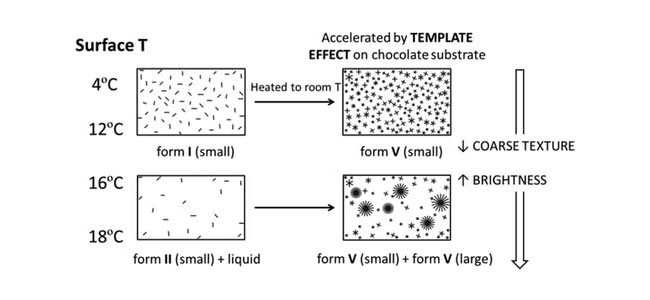
Author:
Jaume CotThe Crystallography Research Group (GRC) of the University of Barcelona (UB) recently presented a study on the velvet effect of chocolate. Developed in collaboration with Enric Rovira (so good #13) and published in the scientific journal “Crystal Growth and Design”, the research intended to certify the type of microscopic patterns chocolate forms with this effect and its behavior depending on the temperature used.
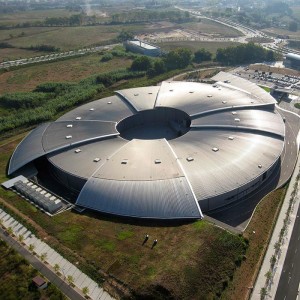
From the Faculty of Geology at the University of Barcelona, the GRC is responsible for investigating the behavior of different dietary fats, among these, chocolate. In particular, its purpose is to discover the microscopic morphology adopted by this product. Cocoa butter, when heated, takes what is known as the V-form, a polymorphic structure that is what contributes the characteristics of brightness and melting in the mouth which artisan pastry is used to working with.
For the velvet effect, researchers have found that these crystals are much smaller than conventional tempered chocolate and also melt at a lower temperature, thereby providing a greater fresh feeling. They have also determined that it is on chocolate, rather than on metal for example, where these crystals best set, because its surface acts as a mold. It is on this surface and at temperatures between 4ºC and 12ºC when the polymorphic transformation accelerates the most in small Vs.
Research has also had a phase of experimentation in ALBA Synchotron’s radiation facility . With it they have achieved diffraction patterns of samples of the heating process from 5ºC to 40ºC, since each polymorphic form melts at a different temperature. However, the study concludes that the V-shaped crystals of velvet and template chocolate are exactly the same, although they only obtained velvet with surface temperatures below 16 ° C.
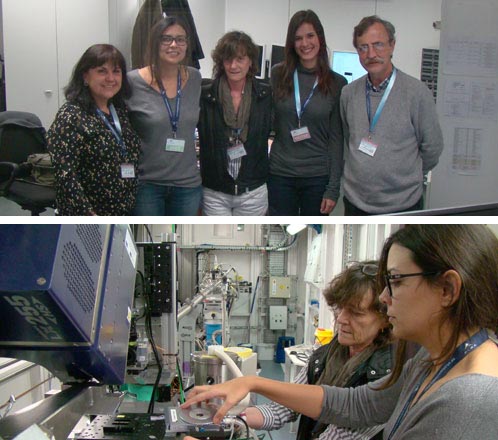
Enric Rovira puts the historical note on this chocolate technique, closely linked to the city of Barcelona. It was in 1963 when in the workshop of chocolatiers Mora and Joan Giner, from the hand of a very young Rafel Tugues, came up with the technique as a result of something unexpected, that is, from spraying a piece of chocolate that had been stored in cold previously. Shortly after, another Barcelona chocolate genius, Antoni Escriba, certified the origin of the method in his book “Felices Pascuas” (Happy Easter) referring to it as the Giner method. Before this time, this kind of work with chocolate was not known. Enric Rovira himself tells us that there are other investigations with chocolate raised by the UB and hopes that they can be carried out in the future.
